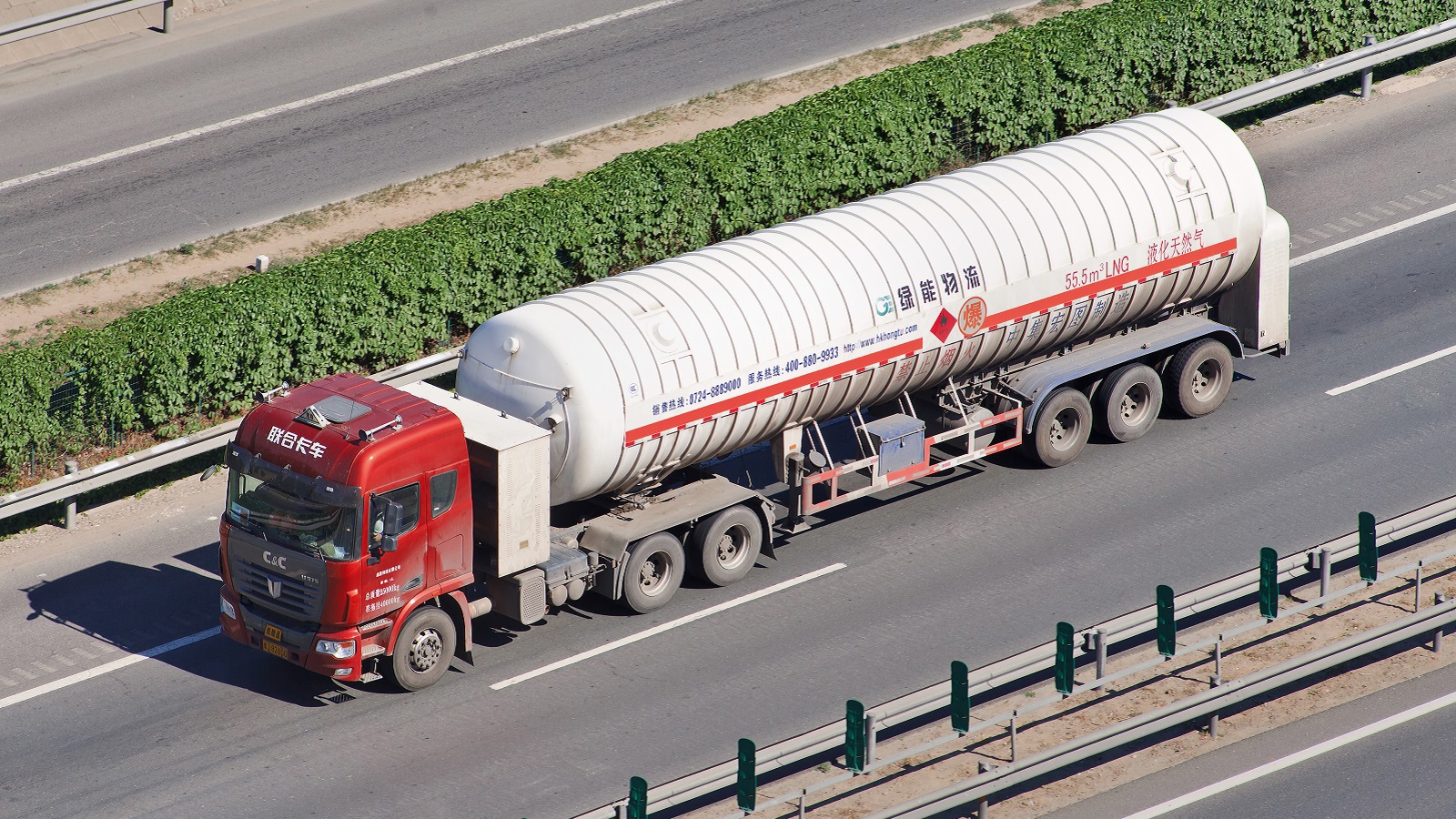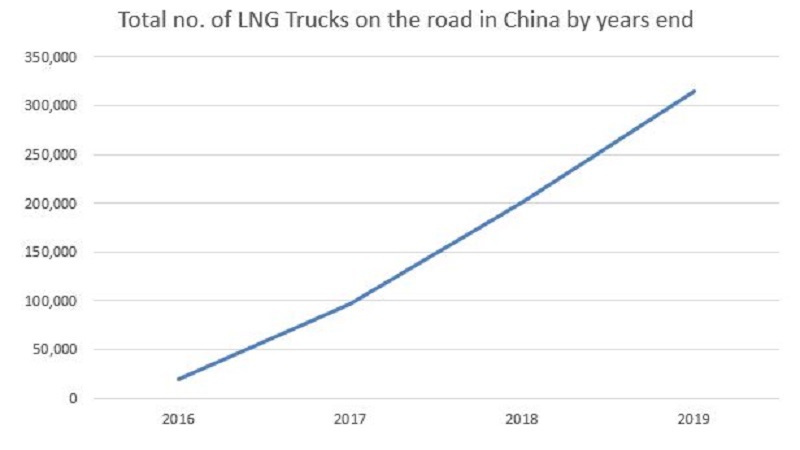China: LNG trucks

Wilhelmsen insights
|
Jason Hawkins, Strategic Sales Director

All the top 7 tuck manufacturers are building LNG powered trucks at never seen before rates, but one company alone has produced a staggering 6,000 units in Q1 2019, and are planning to lift this figure up to Q4 to 8,000 per quarter.
If we extrapolate Q1’s production figures of 2,000 units, this manufacturer is looking to produce 26,000 units by the end of the year. Combining this with the 6 other manufacturers, China is set to bring an extra 115,000 units by the end of 2019, bringing the total number of LNG powered trucks in the Chinese fleet to 315,000.

As we move into 2020, there will be a plateauing of LNG powered truck production in China. However this does not mean that the hunger for LNG powered trucks is falling. Demand is still present, as evident from the future orders of LNG trucks that stretch out all the way to 2025. The fall in production however, lies with the slow construction of inland receiving & supply filling stations that simply cannot keep up with the truck supply!
In addition, the “LNG revolution” in China is clearly gaining strength YOY as seen by the rise in China’s “Electric Buses” as the LNG power generation for electricity flows into other transportation services.
While the global focus at the moment is looking at how China is going tenfold into LNG powered trucks, the real eye opener is the rate of electric buses coming into production and service throughout China.
In 2017, China added 98,800 new electric buses into their domestic market which is a whooping 9,500 every 5 weeks into the network. Bringing that forward, by 2025 the global estimate is that there will be a grand total of 1.2 million electric buses on our roads worldwide, with a staggering 99% of that fleet on China’s roads.
To make it clear how the electric bus revolution in China will make a positive global impact, we only have to look at the fall in demand for fuel oil. For every 1,000 electric buses that China has put into service, it will create a fall in global demand for fuel oil by 500 barrels per day, which signals a positive impact on the global environment!